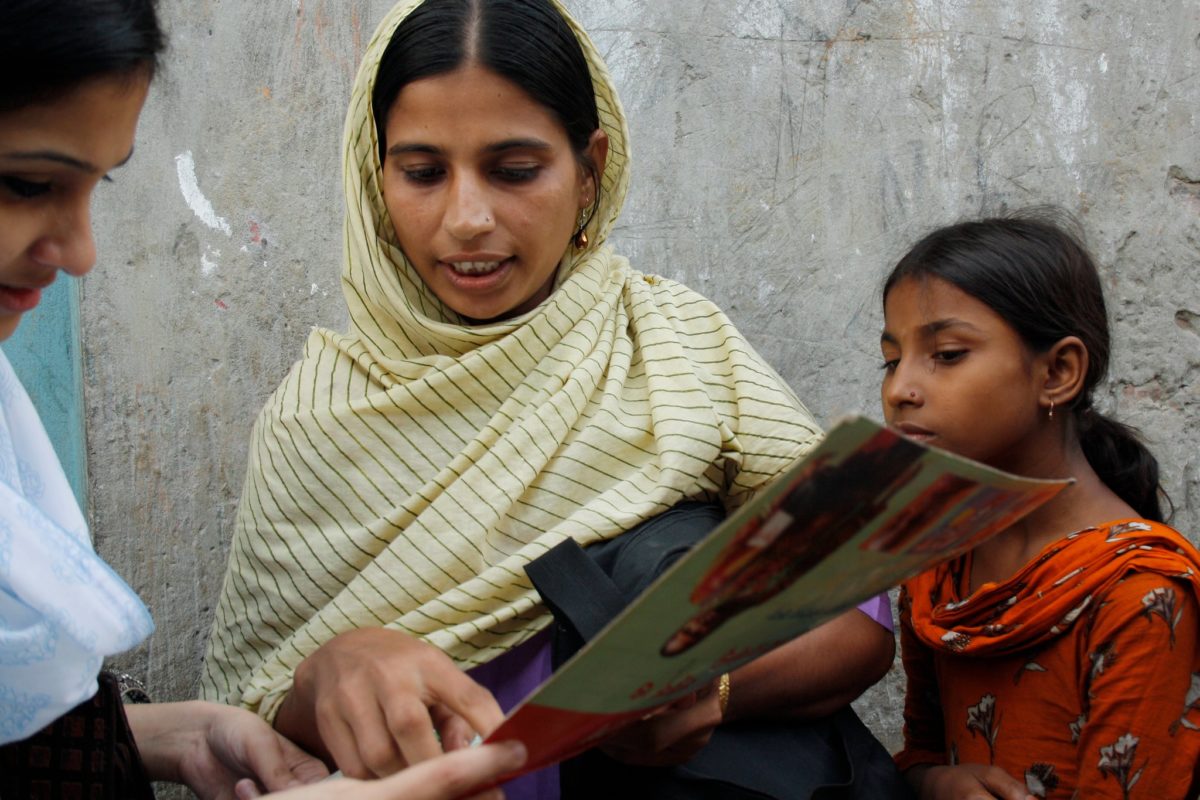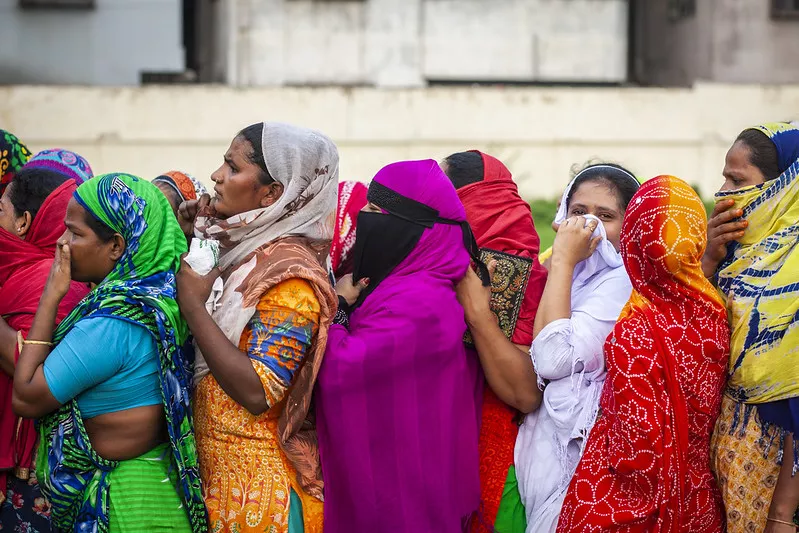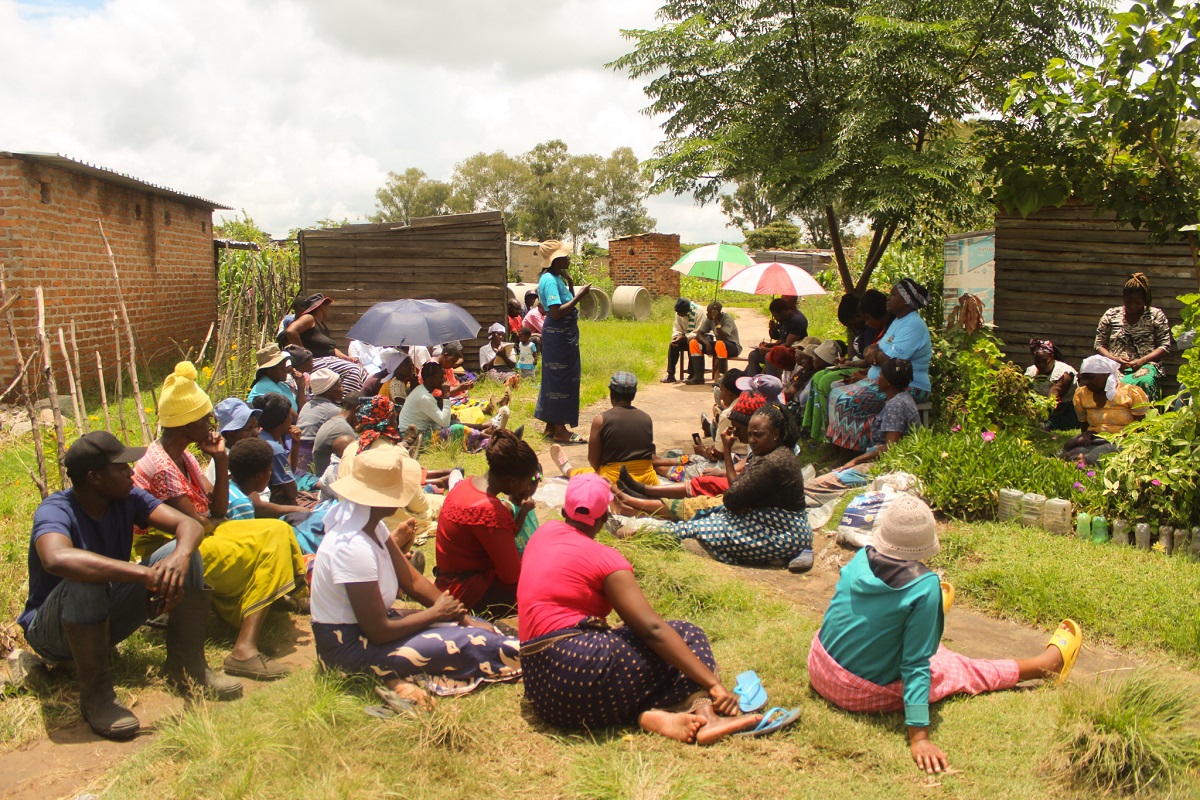COVID-19 is forcing us to discover alternative ways of doing things; qualitative field research, which traditionally calls for close interaction between researchers and their populations of interest, had to be reimagined to satisfy the need for social distancing, a preventative measure against the virus. Just before the pandemic, a serious researcher would rarely consider the account of someone belonging to the population of interest, i.e. a community researcher, as the principal source of data.
Since September 2020, we have been conducting an ethnographic study on Korail—one of Dhaka’s largest slums—to understand the slum-dwellers’ perspectives about and actions were taken against the pandemic. Ethnography, in particular, requires close observation of the community in focus; our research demanded that we observe and record the voices of the community from every corner of the slum. How could we do this in light of the pandemic-induced limited mobility? We appointed two peer researchers from the community in an attempt to get around this issue.
Peer research is an effective participatory method, through which community people are engaged in research through guiding the research, collecting data, sharing, and interpreting the community dynamics. The outbreak of COVID-19 provided us with a strong rationale to use this as a key method of data collection.
The peer researchers were college students, one male, and one female. They had better access to the community as they lived there. This proved to be a real advantage in this context. For example, people who had been sent to isolation units had COVID-19 symptoms or were suffering from the disease freely shared their experience and views with the peer researchers, who they trusted as fellow community members. Given the sensitivity around this issue, we suspect they would not have opened up to a researcher from outside.
Peer-researchers also proved to be useful in the context of the tight turnaround time we were facing in all our COVID-19 related research. Since the peer researchers were living in the community, it not only allowed them to observe the community constantly but also to interview at night for those who were not available during the day. Sometimes the young peer-researchers were not taken seriously by some community members and the interviews were rescheduled repeatedly. They also sought the help of senior family members to approach these individuals.
Other than observing and collecting data from the community, the peer researchers were also keeping track of their lifestyle. They maintained a personal journal where they wrote their daily activities such as food consumption, mobility, social interaction, and so on for a month. The journal documentation provided insights that probably could not have been detected in a regular observation.
Overall, employing peer-researchers in this research was a successful strategy, but we also had to spend our time and energy to make it work.
Traditionally, the researchers and peer-researchers meet face-to-face regularly to get the best out of peer-research. Again, this was not possible because of COVID-19, and we had to rely solely on a mobile phone or online communication. The training was conducted online. Since the peer researchers did not have access to a computer, discussions, and interpretations were held on online calls, and notes and pictures were shared on the WhatsApp group comprising all the researchers in the field. We had to be available over the phone or online constantly.
To train these young college students with no prior research experience was a handful yet a fun learning experience for us. The two peer researchers were appointed based on their understanding of the community, education, and presentation skills. After selection, a four-day online training, including a one-day field exercise, was conducted with them. Due to the covid context, our institutions had few restrictions hence the training was taken online, or else during usual days, it would’ve been a four-day physical training session. At times they had trouble finding an appropriate space for the video call, and one of them used to have audio problems from time to time as well. However, they tried their best to participate regularly in the training. When the training was scheduled in the morning, we had to call and wake them up to join.
Besides the usual awkwardness of online communication, the community researchers felt hesitant to express their opinion or ask questions because the training group included professional researchers too. Thus, we engaged them in casual conversation, avoiding heavy academic languages, using pictures and videos to make them feel comfortable.
Their inexperience with research was apparent in the beginning when their interviews used to last for only 3-4 minutes. They would explain with a sigh and say something like, “I’ve followed your instructions of asking them at least five ‘why’ questions, but every time I got the same reply.” However, over time, they improved. Interview duration increased to half an hour. They were providing their interpretations of certain scenarios, and gradually they started taking up the role of a peer researcher.
However, while adopting this method, we also need to be aware of the ethical issues, such as the peer researchers are trained enough to balance their dual role and not disclose personal information of their interviewees.
Our experience in this research has helped us see the possibility of using peer-research as a tool for collecting valuable information in a more participatory way, particularly in combination with digital communication technology, in contexts where traditional research methods cannot be applied.
This blog was originally published by the BRAC Institute of Governance & Development here


